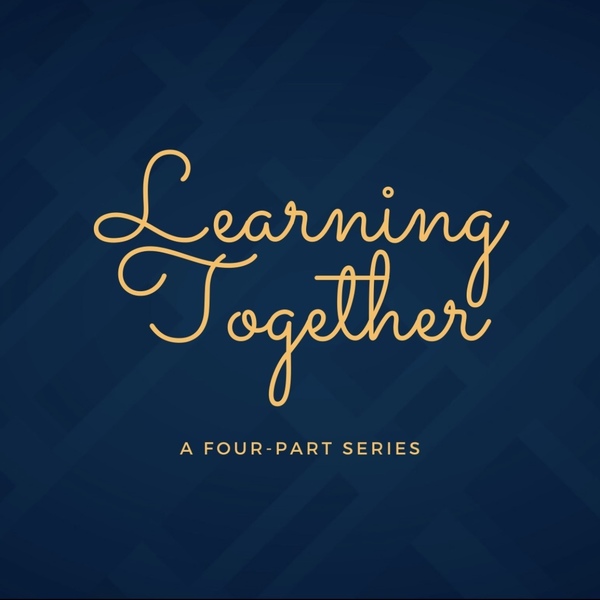
In the first part of our "Learning Together" initiative, we have compiled a list of seven sources for understanding what racism is, in its most basic form. It is our belief that in order to address any issue, especially ones as complex as racism, we must complete two tasks. First, we must identify the issue: prejudice based on the color of one's skin. Secondly, we must figure out how the issue works, thrives, and is propagated. Without both of these steps, we are unequipped to address wounds in our society.
I invite you to join us on this journey towards greater knowledge on matters that have played a central part in many Americans' lives and livelihood. Take time to read, learn, and challenge yourself in ways previously unimaginable in order to come out of this journey stronger. It is human nature to lean into comfortability and complacency; however, treading water is not compatible with progress, only apathy.
- What is Racism from the Coalition for Racial Equity and Rights (5 min read)
The Coalition for Racial Equity and Rights (CRER) is a Scottish strategic racial equality charity that seeks racial justice in Scotland. This article welcomes all readers, regardless of experience in racial justice, to understand what the issue is. While specific to Scotland, America has centuries of shared history with the UK, and the two are alike in many political, economic, and social structures. This is a short read that is densely packed with social context in hopes of opening a door for discussion.
- Racism and Power from the Alberta Civil Liberty Research Centre (5 min read)
This Canadian center (ACLRA) is rooted in the preservation of civil liberties and human rights of each person. This short article expands on "What is Racism" by shedding light on the harsh reality of prejudice, and how every individual has them. Acknowledging this reality is a part of Step One: in fixing the issue. It also introduces the importance of power in the propagation of racism which is critical in Step Two: how it works.
- Defining Race from the Alberta Civil Liberty Research Center (3 min read)
This is a reinforcement to understanding race as a concept, rather than a heated political debate. The ACLRC has produced this to dispel any myths about race as a divider of people and as a genetic determinant in any social, economic, academic, or physical capabilities. This article goes into how race can be a social construct but racism is very much alive and real.
- Racism vs. Discrimination from Celeste Headlee (7 min read)
Celeste Headlee is an award-winning author, journalist, musician, and speaker who published this onto her personal blog. This specific blog post is profound in its critique of the bystander in racism. There is a major difference between racism and prejudice (as talked about in sources prior), but also between racism, discrimination, and the bystander. One take away from Headlee's work is that without all of its parts working together (i.e. racism - explicit and implicit-, prejudice, discrimination, and complacency), racism would not exist.
- Racialization from the Alberta Civil Liberty Research Center (5 min read)
The ACLRC has produced another insightful piece focusing on our world being one where people are racialized or a part of a societal "norm". This key difference is present when you describe minorities by their race, first but a white person's race is not mentioned as a descriptor. Race then becomes a central identifier for minorities and not white people, in western society. This is a more in-depth article that really brings out the struggle in identity politics, concerning race.
- Why Are People Racist? from the Australia Human Right Commission (1 min read)
This Australian Commission has several questions that they answer on this site in a concise and direct manner that bluntly gets into the motive for racism. This is a simple conclusion that brings racism from ideological and theoretical concepts to that of real and current practice. Australia has taken drastic measures to alleviate racism and discrimination in their country.
- Stamped from the Beginning from Ibram X. Kendi (book)
Kendi is a 38-year-old American author who writes about race and discriminatory politics, in which he is a leading scholar. This book, for $12.48, is fully titled Stamped from the Beginning: A Definitive History of Racist Ideas in America. The research narrative is driven by five major actors in American race politics, most notably are Thomas Jefferson, W.E.B. DuBois, and Angela Davis. This is a great and easy read that takes American racism from its very first step into the contemporary era.
Thank you for taking the time to read some, or even most, of these sources. Look out for next week's edition and make sure to continue learning about others, yourself, and how we can all be greater allies to those in need.